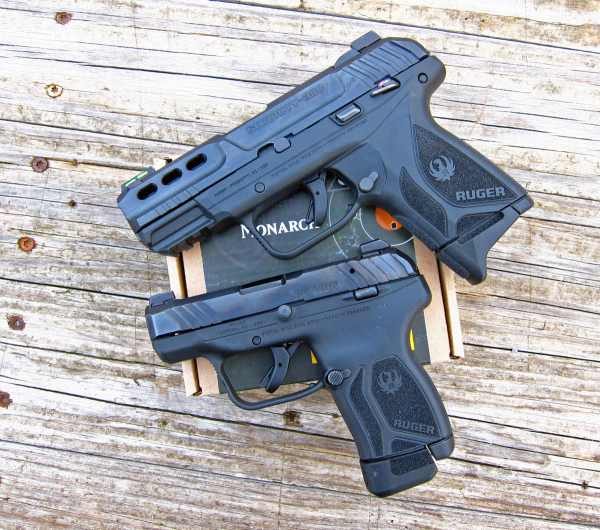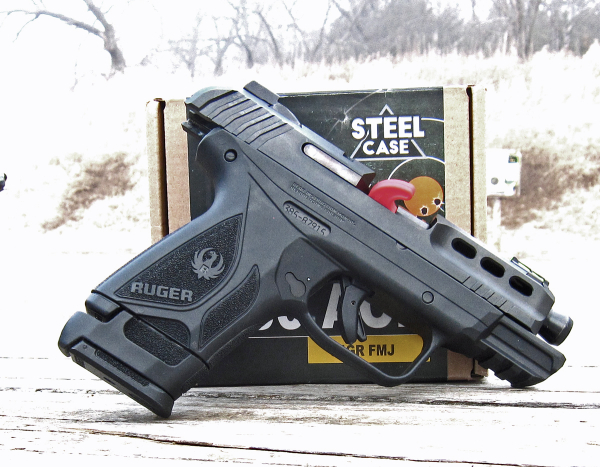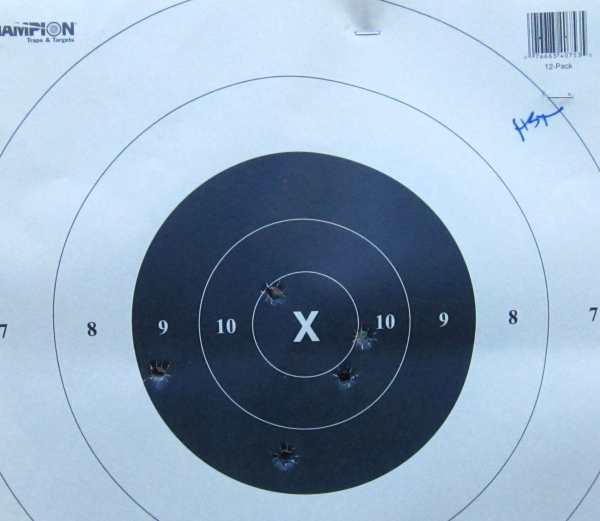During a phone conversation last week, I was asked about the Ruger Security-380, which is the same size as the Security-9 Compact and comes with a flush-fit 10-round magazine and a spare 15-round extended magazine.
The question was, “is this something to buy as opposed to an LCP?”

Not a bad question, it cuts directly to the chase in terms of gear selection.
The answer? “Could be.”
They fill different niches. In the words of the immortal Pat Rogers, “Mission drives the gear train.” What are you going to do with it? And where does it fit in your personal protection plan?
While the caliber for both firearms is the same, the envelope is far different.
The larger of them is a Security-9 Compact-sized gun in 380 ACP that adds stability, grip, sight radius, ease of cocking and recoil control. The Security-380, like the Security-9, has an aluminum chassis inside a polymer grip frame. The steel slide has lightening cuts, a “ledge” style unmarked steel rear sight and a fiber optic front sight. The light slide is coupled with “cocking ears” machined in the rear of the slide along with accentuated cocking serrations. Put that together with the lighter recoil spring and you get an easy-to-rack slide.

Contrast it to the LCP/LCP II/LCP MAX. Those feature snappy recoil and little to hang onto. They are also small, light, easy to conceal.
Handgun handling issues unrelated to training/education/practice are in the “envelope” – size, weight, ergonomics, and handling. It makes a difference when the new (or health-challenged or elderly) shooter can’t hold the gun up, can’t reach the trigger and other controls, or are sensitive to recoil (and blast, to some extent).
At one time, the “best of breed” was the Ruger LC380 – a true double-action hammer fired auto. It’s a 7+1 (and ships with only one magazine), with a longer, heavier trigger (which is good on a threat management tool, if you practice). Some people will disregard it for that reason.
The smaller 380s have a smaller slide and a comparatively stiffer spring to fight against. They have smaller sights (even the MAX – except those sights are wonderful for a gun that size).
The Security 380, even with its locked-breech system is vastly easier to manipulate and to shoot well. I noted no bumps, fits & starts or any disruption of the cycle of function. With some guns that are “light caliber for size of delivery system,” the slide travel may seem sluggish in operation and you may feel a ‘bump’ as it goes into battery.


The LCPs will hammer the shooter good as they are fired; they’re tiny, light guns. You don’t get something for nothing. Now someone will chime in a say that the LCPs aren’t accurate beyond “arm’s reach.”
Depends on how long your arms are. Mine aren’t 30 feet and that’s where I start with a determination of how well I can stay on target with a defense handgun.
But it’s just the start.
With the Security-380, once you know where it shoots, hits out to fifty yards aren’t much of a stretch. The gun handles that well.
Coincidentally, the LCP line also features a locked breech design or they’d be horrible to shoot.
They’re not. They fit the bill for that ‘extreme concealment’ need while still being capable performers out to 25 yards or so. For their primary purpose (20 feet and in), there are few guns so small that are that capable.
Sort out your needs; home defense for an elderly or disabled person – with little need for concealment? Out and about with casual concealment in the expected wardrobe? That’s the Security-380 territory for those who can’t tolerate more powerful guns.
Extreme concealment? – Go with the LCP series. My current favorite is the LCP MAX, but the older DA LCP works just fine if you can still see the sights.
-- Rich Grassi